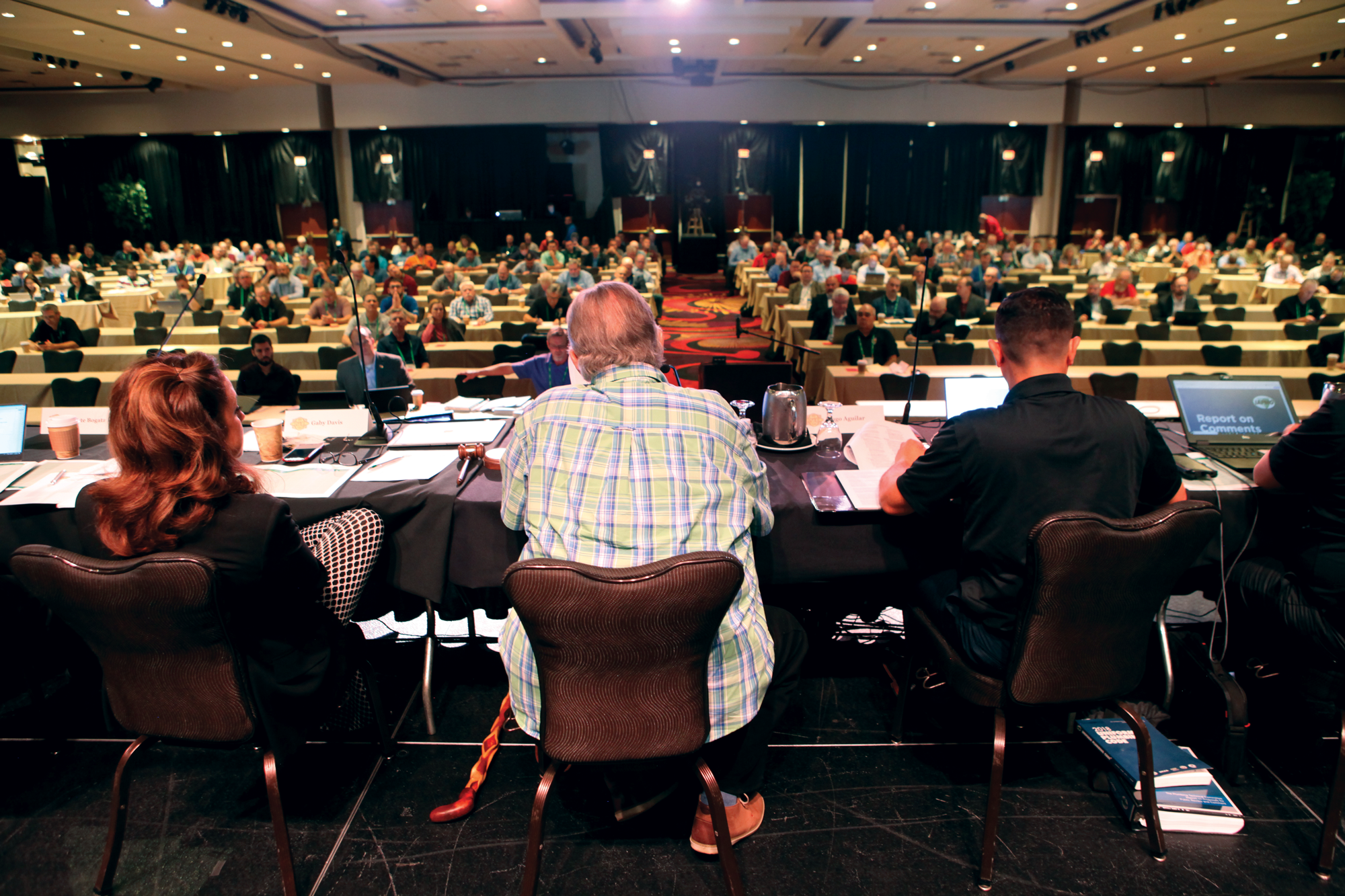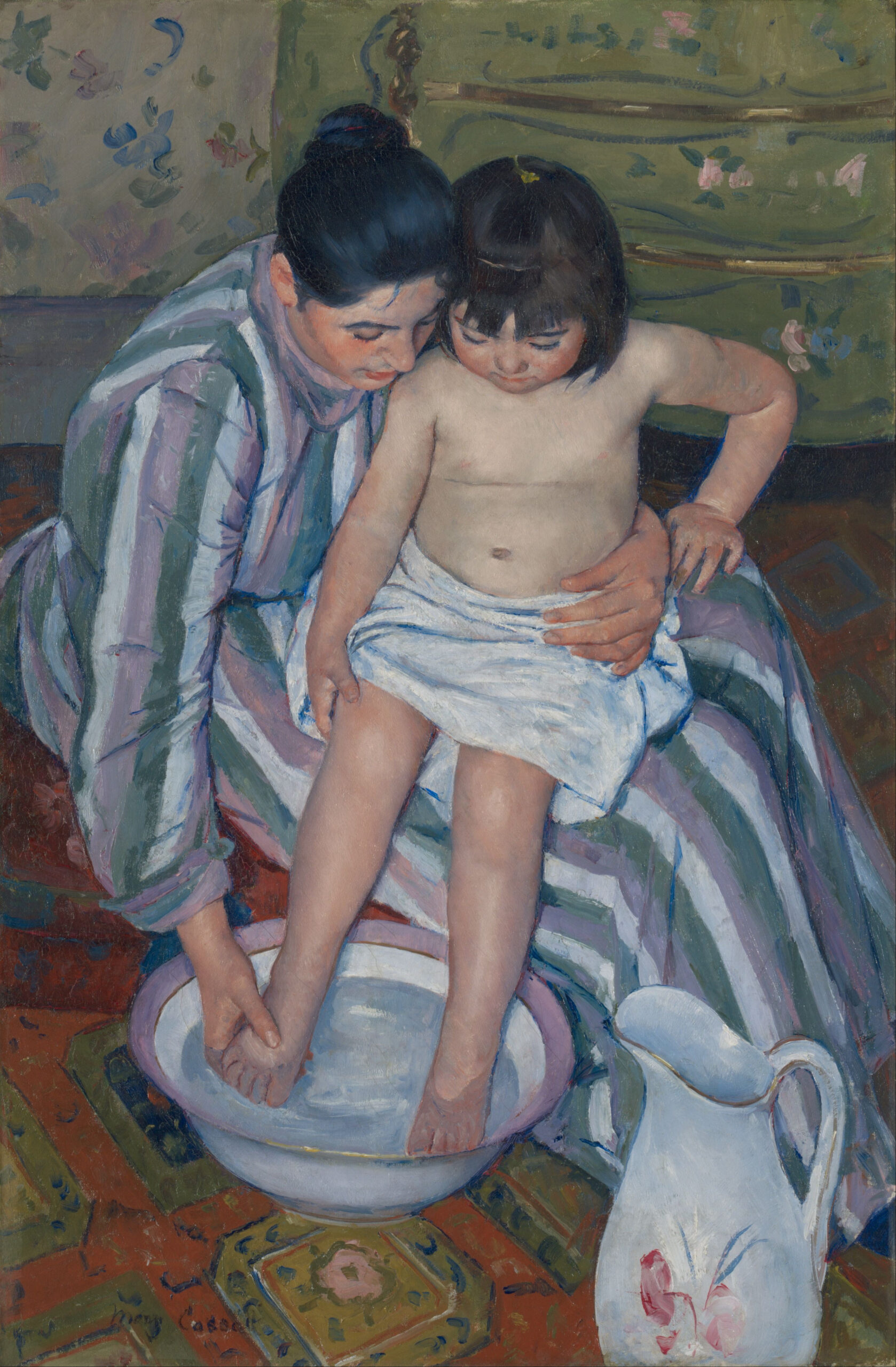
IAPMO develops codes and standards in collaboration with industry experts, government officials, and other stakeholders. These codes and standards are designed to promote public health, safety, and welfare by establishing minimum requirements for the design, installation, and maintenance of plumbing and mechanical systems.
FREE ACCESS: 2021 Uniform Plumbing Code
While the IAPMO catalog may be less well-known beyond its home waters the path through their periodic revision process is very transparent; one of the most transparent accredited standards developers in the land. We get to say that because there is no one else on earth that has been slicing horizontally through so many “domain silos” for so long. (We have practically created an original academic discipline).
For example:
The IAPMO ANSI-Accredited Development Process
2024 Uniform Plumbing Code Report on Proposals (1200 pages)
2022 Uniform Plumbind Code Report on Comments (1056 pages)
TENTATIVE – 2027 UPC/UMC CODE DEVELOPMENT TIMELINE
We maintain the IAPMO catalog on our periodic Water 200/Water 400 colloquia. See our CALENDAR for the next online meeting; open to everyone.
There were several barriers to the adoption of interior plumbing systems throughout history. Here are some of the key factors that contributed to the slow adoption of indoor plumbing:
-
Lack of technology: In the early days of plumbing, there was a lack of technological advancement, making it difficult to design and install effective plumbing systems. The development of new technologies such as water pumps, water heaters, and pipes made it easier to bring water into buildings and distribute it throughout the space.
-
High cost: Building indoor plumbing systems was a significant expense, and many people simply couldn’t afford it. Installing plumbing required digging trenches, installing pipes, and connecting to a reliable water source, all of which were expensive undertakings.
-
Health concerns: In the past, there were concerns about the safety and cleanliness of indoor plumbing systems. There was a fear that standing water in pipes could lead to the growth of bacteria and other harmful microorganisms, and that indoor plumbing could increase the risk of waterborne diseases.
- Cultural attitudes: For many years, there was a cultural stigma associated with using indoor plumbing facilities. Some people believed that it was unsanitary or even immoral to use a toilet inside the home, and others preferred to use outhouses or other outdoor facilities.
- Lack of knowledge: In many cases, people simply didn’t know how to build or maintain indoor plumbing systems. Without the proper knowledge or skills, it was difficult to design and install a reliable and effective system.
Despite these barriers, the adoption of indoor plumbing systems slowly increased over time, as new technologies and innovations made it easier and more affordable to install plumbing in buildings. Today, indoor plumbing is considered an essential component of modern living, and is a standard feature in homes and buildings around the world.
Milestones:
- William Feetham (1767): An English stove maker who designed the first shower in 1767. Seen largely as a luxury at the time since most people did not have access to indoor plumbing and the requisite metal tank required to be heated over a fire.
- H.L Booth (1853): Inventor of the first practical showerhead in 1853 that allowed for a steady, controlled stream of water to be directed onto the bather.
- Thomas Crapper (1836-1910): Inventor of several refinements to the interior shower; although known more widely as the inventor of the modern flush toilet.









